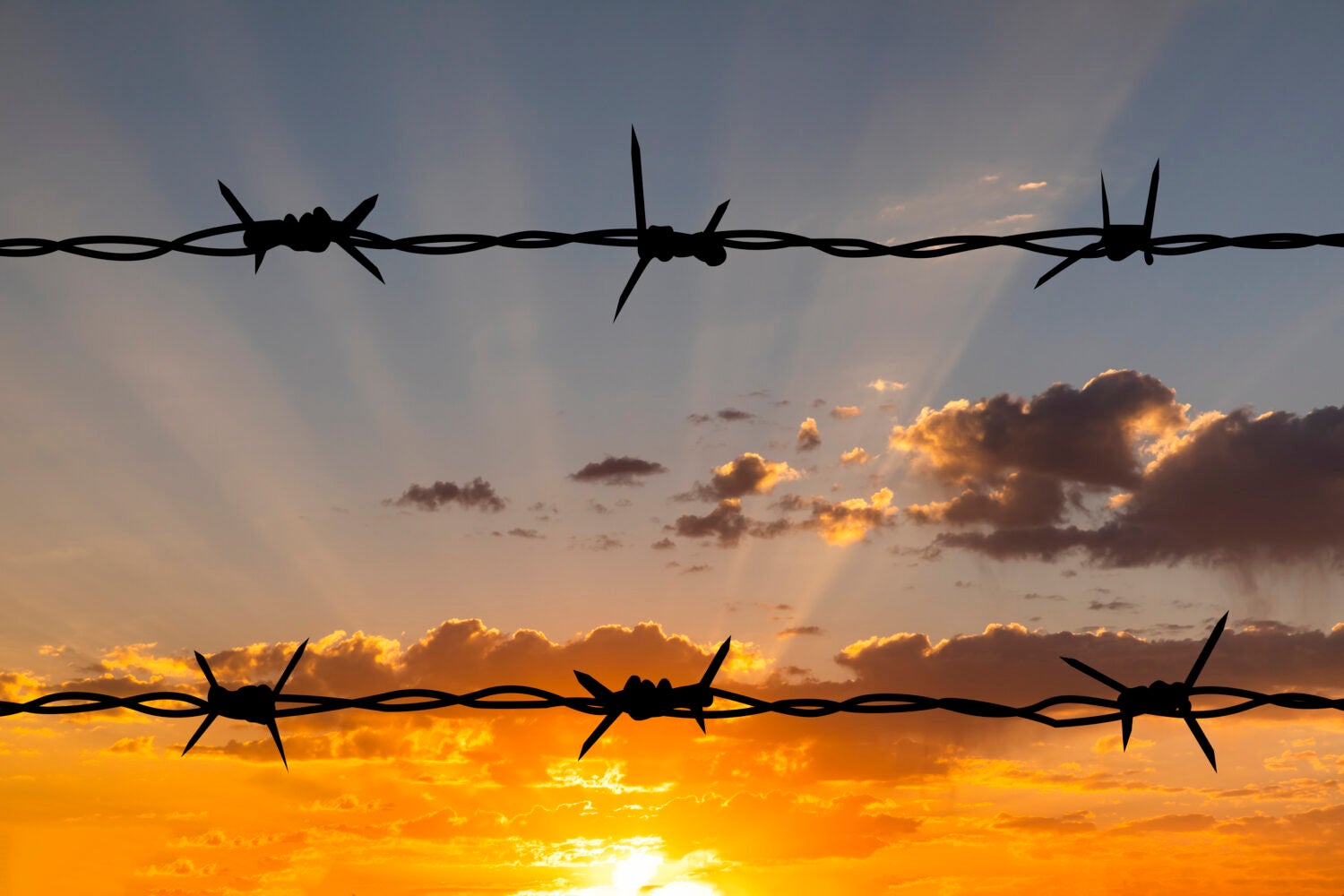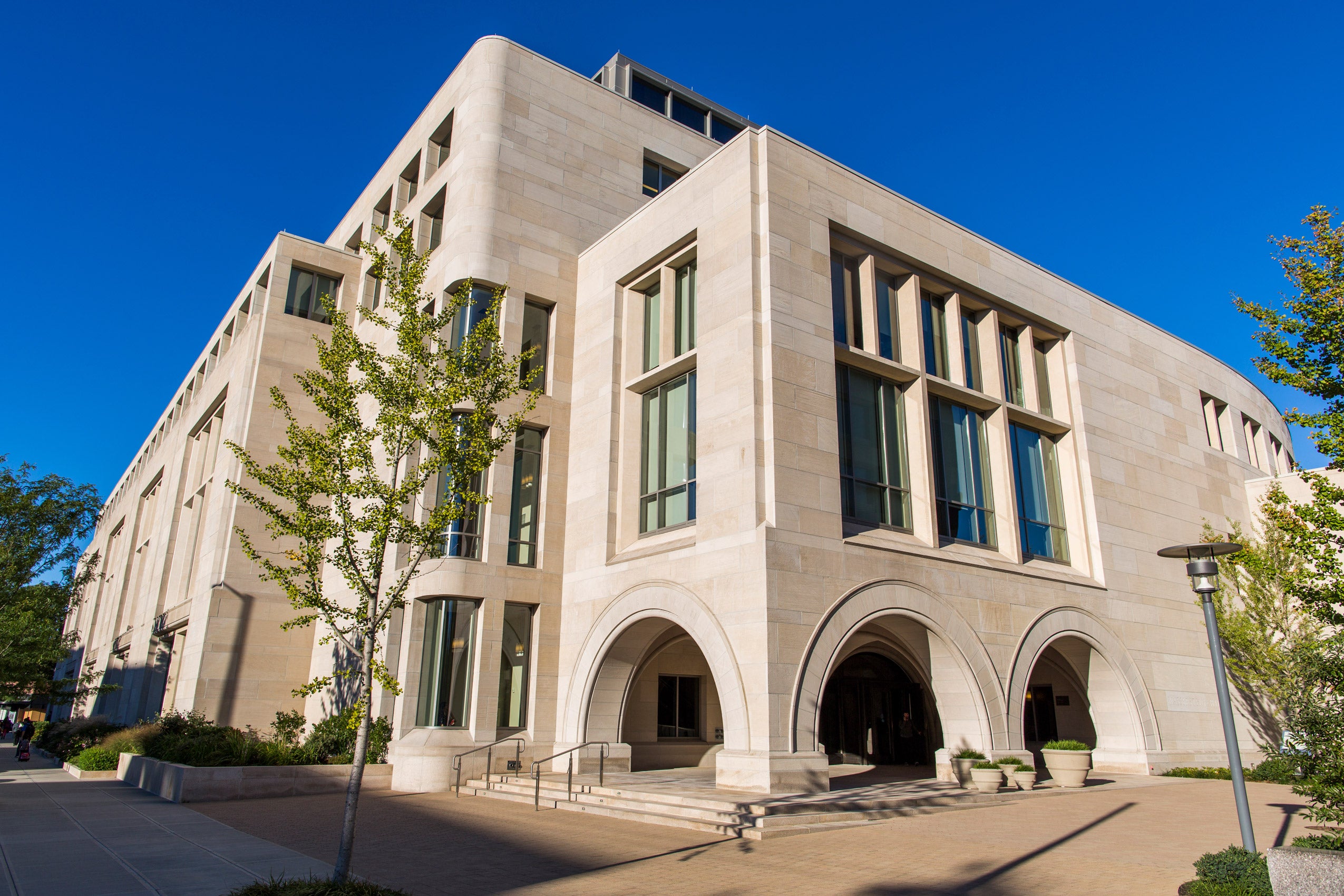

When Damon Landor arrived at Raymond Laborde Correctional Center in Louisiana in December 2020, he expected that he would be able to keep his knee-length dreadlocks. As a practicing Rastafarian, Landor had taken a vow not to drink alcohol or cut his hair – a promise he had kept for nearly two decades. Landor also knew that the law was on his side. The Religious Land Use and Institutionalized Persons Act has long guaranteed incarcerated individuals a right to the free exercise of their religious beliefs while behind bars. And Landor was equipped with a printout of a decision by the Fifth Circuit Court of Appeals, which in 2017 prohibited the Louisiana Department of Corrections from cutting off a Rastafarian prisoner’s dreadlocks in a situation remarkably similar to his own. But despite all that – and even after presenting the court’s opinion to prison officials – Landor, who had just three weeks in his sentence left to serve, was promptly strapped down and shaved bald, says Josh Halpern ’17. “What happened to Damon Landor is really quite shocking. The prison officials tossed aside the Fifth Circuit’s opinion like a piece of trash,” says Halpern, an associate at Weil, Gotshal & Manges in Washington, D.C. Today, Halpern, who is also a lecturer on law and research fellow at Harvard Law School, serves as one of Landor’s appellate lawyers in a set of cases seeking damages for violating prisoners’ religious liberty under the Religious Land Use and Institutionalized Persons Act of 2000, also known as RLUIPA. Halpern, along with his Weil colleague Zack Tripp, and students and faculty at the Harvard Law Religious Freedom Clinic – among others – say they are fighting for justice not only for Landor, but for the religious freedom of all incarcerated people. “The Religious Freedom Clinic got involved in these cases because the courts are resolving a crucial issue. When prisoners challenge past religious freedom deprivations that are no longer recurring, damages against the prison officials who violated their rights is the only relief available. To say those prisoners can’t recover damages would mean countless prisoners have a statutory right but no remedy,” says Joshua McDaniel, director of the Religious Freedom Clinic.
After he was released from prison, Damon Landor filed a lawsuit under RLUIPA, seeking money damages for the harm he’d experienced. Not long after, a Louisiana judge threw out Landor’s case, saying that not only was it now moot – since he was no longer incarcerated – but also that damages were not an available remedy under the statute. That’s when Halpern, Tripp, and other advocates joined the case. This spring, Halpern presented oral argument in Landor’s appeal in the Fifth Circuit, as well as in a second lawsuit in the Seventh Circuit involving a man named Thomas Walker, whose story closely mirrors Landor’s. Without the possibility of damages in RLUIPA cases, argued Halpern, the only relief available to prisoners whose rights have been violated is an injunction. And that’s not much of a remedy, he adds, because often by the time one can be obtained, the individual has been transferred to another prison, released – or the harm may be done. “In Landor’s case, he had spent twenty years growing out his hair before they shaved him bald,” says Tripp. “The only way to come close to remedying that is through damages.” Halpern says that the threat of damages also serves as a warning and a deterrent to prevent future transgressions by prison officials. Cases like Landor’s show that, “without damages, prison officials can violate the statute with impunity,” he says. “Damages hold the officers accountable, and by extension, get institutions to supervise more closely their employees in compliance with Congress’s funding conditions.”
The two lawsuits are not the first time Halpern and Tripp have worked on cases involving religious freedom, and they say a positive outcome for Landor and Walker could mean better protection for the rights of incarcerated people across the country. Modern jurisprudence on the First Amendment’s Free Exercise Clause – the second half of the stipulation that “Congress shall make no law respecting an establishment of religion, or prohibiting the free exercise thereof” – begins around 1990. In that year, the U.S. Supreme Court decided in Employment Division v. Smith that neutral and generally applicable laws are constitutionally permissible, even if they burden a person’s ability to practice their religion. Responding to advocates who believed the decision weakened protections for religious adherents, Congress quickly passed the Religious Freedom Restoration Act, or RFRA, which sets a higher bar for federal officials and institutions in burdening free exercise. Later, it also approved a sister statute, RLUIPA, which restores protections within certain state contexts that receive federal funding, including prisons. But while these federal laws say that an exacting standard of review applies when a federal or state agency wishes to impose a burden on a person’s ability to exercise their faith, there has been some uncertainty in the courts over whether money damages are among the remedies available to those whose rights have been violated, says Halpern. That is, until the Supreme Court’s decision in the 2020 case Tanzin v. Tamir – which Halpern and Tripp also worked on. In that decision, the justices unanimously declared that litigants could obtain money damages from federal officials whose rights had been violated under RFRA. “The Supreme Court’s answer was an unequivocal yes, damages are allowed,” says Tripp. But at the same time, Tripp says that lower courts were coming to the opposite conclusion in RLUIPA cases against state officials, despite the similarities in the language and purpose of the two statutes. It’s a mistake he says he and Halpern were eager to correct, which is how they found their way to Landor and Walker’s cases. “At the end of the day, the cases are really about restoring the promise of religious toleration that Congress sought to enshrine in both RFRA and RLUIPA,” says Halpern.
As the cases have made their way through the appeals courts, Halpern says that Harvard Law’s Religious Freedom Clinic has played a crucial role in not only preparing for oral argument, but also writing and submitting influential amicus – or friend of the court – briefs. Nathan Bartholomew ’24 first got involved in the clinic last year, and says that although he is religious, he had mostly taken religious freedom for granted. “But when I heard about the specific kinds of cases the clinic takes, often involving those who practice minority or non-mainstream religions, or whose practices are not always understood by majorities, it became clear that it is an important way to help give voice to them and ensure their rights.” Bartholomew worked on one of the clinic’s two amicus briefs, both of which were co-signed by Douglas Laycock, an emeritus professor at the University of Virginia School of Law, leading figure on religious liberty, and one of the chief architects of RFRA and RLUIPA. “Working with [Laycock] and being able to hear his thoughts and experiences on this – since he knows so much about the statutes and the way these kinds of cases get litigated in courts – was really helpful and insightful,” says Bartholomew. Bartholomew, his fellow clinical students, Laycock, and McDaniel, the clinic’s director, also held a moot court – practice session – that helped Halpern prepare for his oral arguments. “It was fun to try to think of tough questions that would advance our position while trying to satisfy the questions of audiences that may have different interests or intentions,” says Bartholomew. “Josh gave me a lot of respect for the advocates that are fighting on behalf of religious freedom issues, and it made me excited to get involved with the clinic again next year.”

Harvard Law School has launched a new Religious Freedom Clinic. The clinic joins the 46 legal clinics and student practice organizations that make up the school’s clinical program.
Halpern says that the clinic’s efforts made a difference. “The briefs were really excellent on substance, capturing the attention of judges from both courts, and featuring centrally at oral arguments,” he says. “And as for the moot court, the students took the exercise very seriously. They came well prepared with incredibly incisive questions, and many of those questions actually featured in one or both of the oral arguments. It was an invaluable preparation opportunity for me.” As of now, Landor and Walker’s cases sit with the judges in the Fifth and Seventh Circuits, and Halpern says there are plans to appeal them to the Supreme Court if necessary. If the advocates succeed in getting the trial courts’ dismissals overturned, that will mean that Landor and Walker will finally get the opportunity to tell their stories to a jury of their peers. Halpern also says that a positive outcome in either circuit would be a major step closer to vindication for his clients. He also thinks such a decision would make a strong statement about religious freedom – and people’ rights to express their faith while in prison. “Our hope is that winning one or both of these cases will help to set a precedent that other courts will take note of around the country,” he says. “We want people to know that damages are available, and that RLUIPA can’t be violated with impunity. If prison officials can literally toss aside judicial precedent without consequence, then something has gone badly wrong in the way courts are interpreting RLUIPA. The hope here is to provide some genuine deterrence, and some genuine relief to people who’ve been subjected to injustices like these.” Want to stay up to date with Harvard Law Today? Sign up for our weekly newsletter.